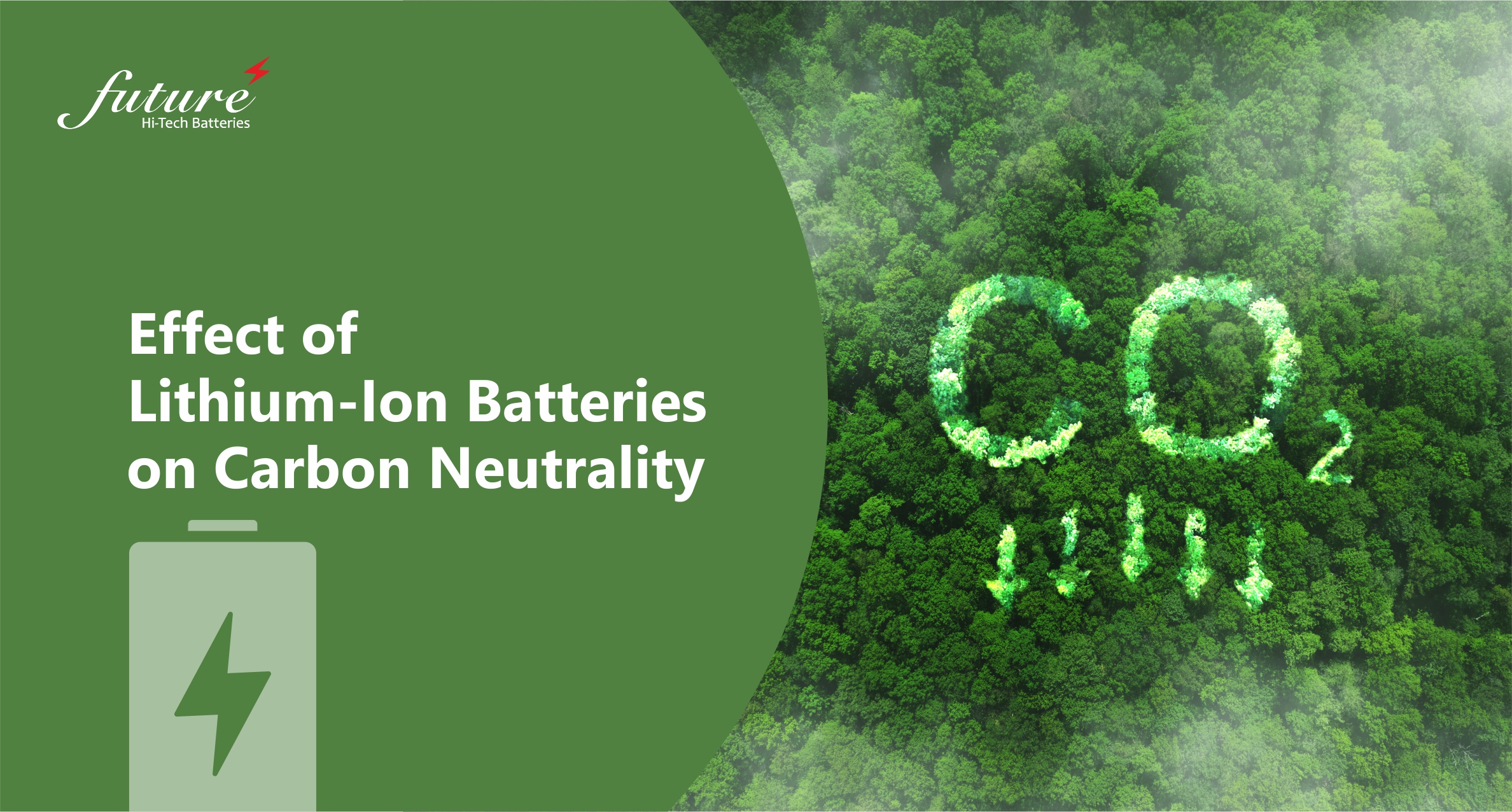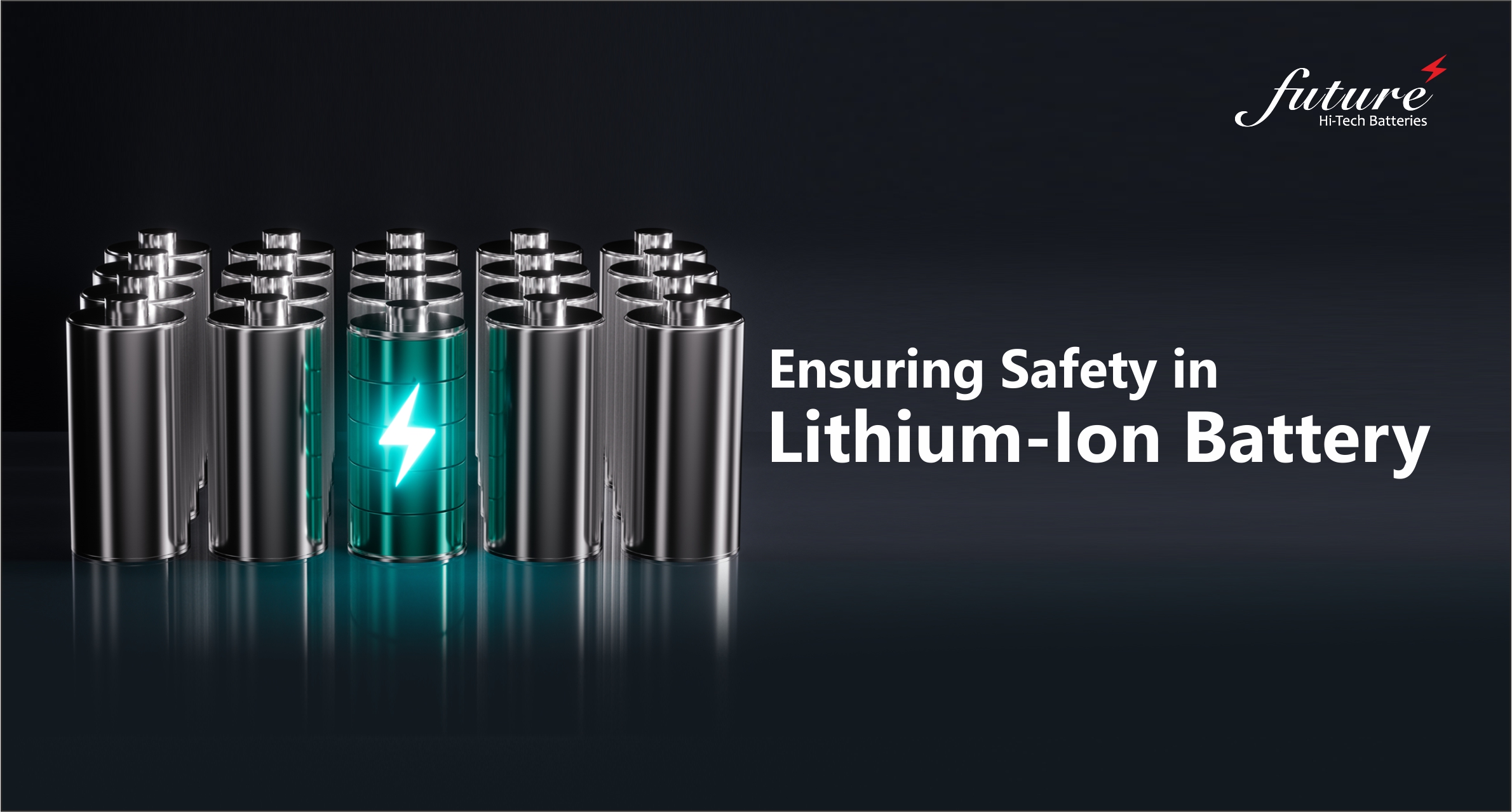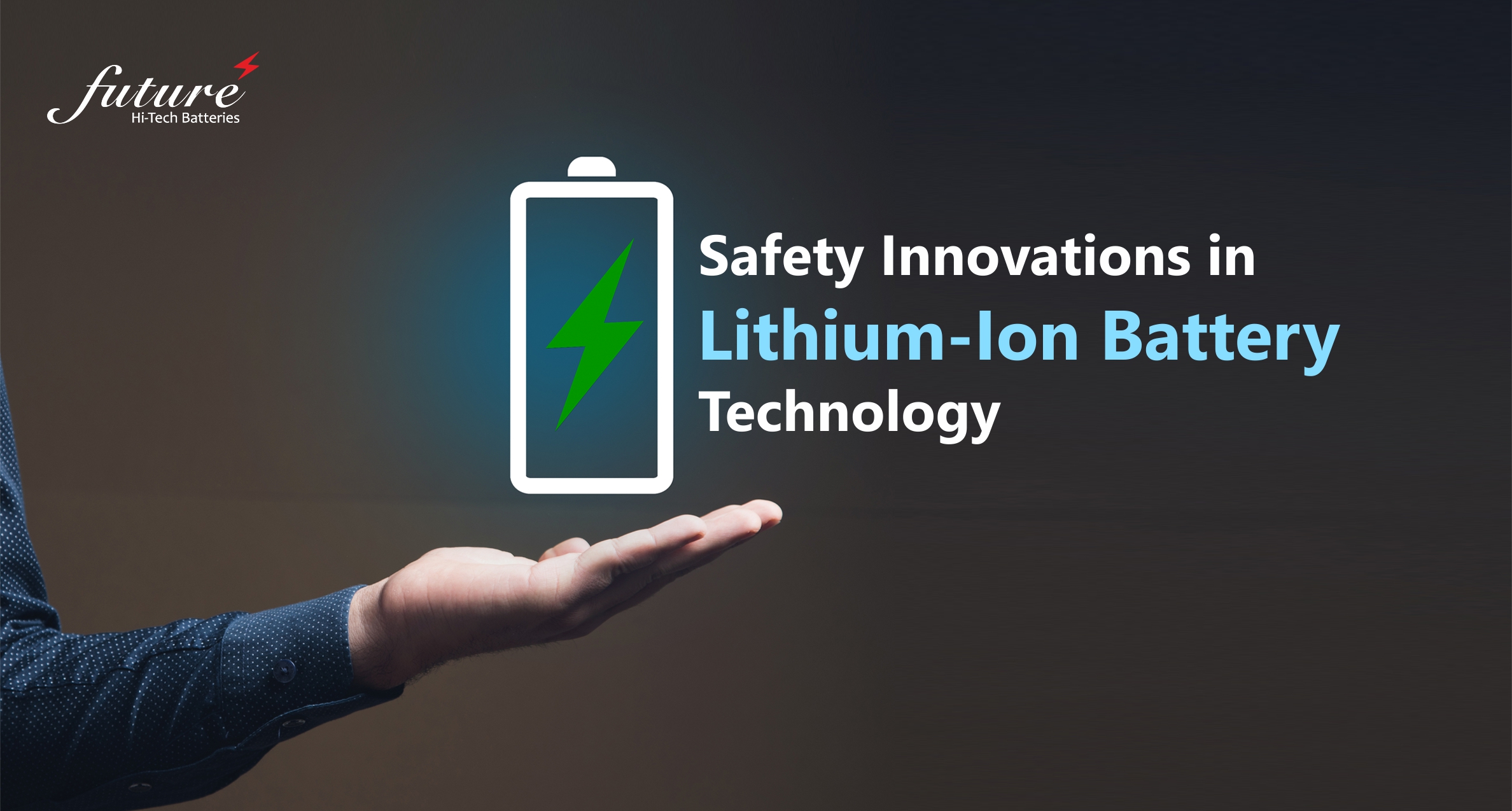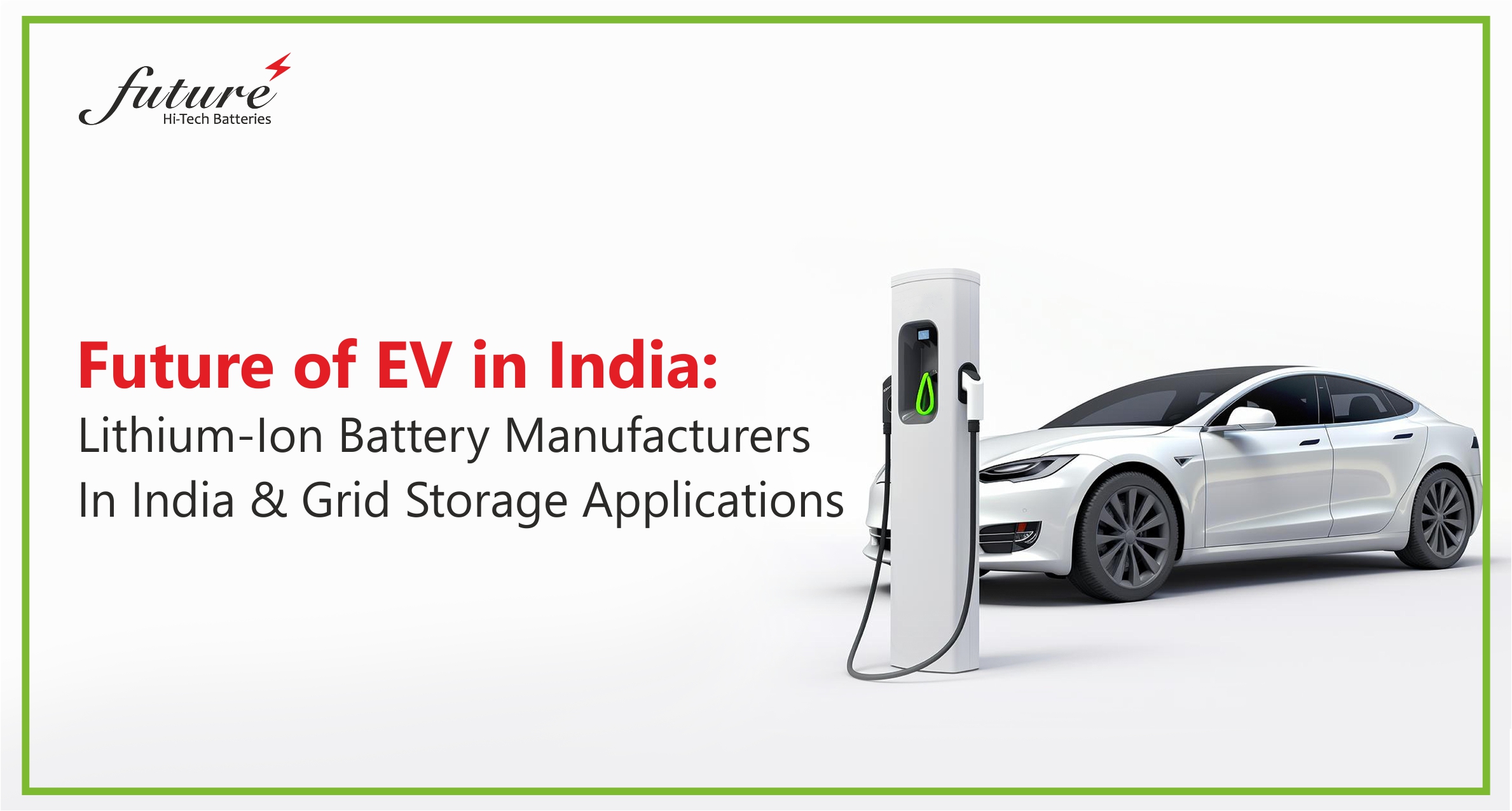Lithium-ion batteries have emerged as a key player in the push toward carbon neutrality. Their widespread adoption in electric vehicles (EVs), renewable energy storage systems, and portable electronics has transformed the way energy is stored and used. However, while lithium-ion batteries are central to de-carbonization strategies, their environmental impact isn’t entirely neutral. Understanding their role in achieving carbon neutrality requires a balanced view of their advantages, challenges, and long-term potential.
Lithium Ion Batteries: Powering the Transition to Clean Energy
Lithium-ion batteries are integral to the clean energy transition. Unlike traditional combustion engines that emit carbon dioxide with every mile, EVs powered by lithium-ion batteries produce zero tailpipe emissions. This shift is crucial in reducing the transportation sector’s carbon footprint. Moreover, it accounts for nearly 20% of global CO₂ emissions.
Additionally, these batteries play a vital role in stabilizing renewable energy sources like solar and wind, which are intermittent by nature. By storing excess energy during periods of high production and releasing it when demand surges, lithium-ion batteries help ensure a reliable, low-carbon electricity supply. This capability makes them an essential component of any smart grid aiming to achieve carbon neutrality.
Efficiency and Lifecycle Benefits
One of the strengths of lithium-ion batteries is their high energy density. It allows them to store more power in a smaller. Additionally, they have lighter package compared to older battery types. This efficiency supports longer driving ranges for EVs and enhances the viability of large-scale energy storage solutions.
Over their lifetime, lithium-ion batteries significantly offset the emissions produced during manufacturing. According to research, an EV equipped with a lithium-ion battery can offset its initial carbon cost within 1 to 2 years of operation. When powered by renewables, the environmental return on investment is even faster. This makes these batteries a powerful tool in reducing overall greenhouse gas emissions.
Environmental Trade-offs and Challenges
Despite their green credentials, lithium-ion batteries are not without environmental costs. The mining of lithium, cobalt, and other critical minerals involves energy-intensive processes and can result in ecosystem disruption, water pollution, and labor concerns in some regions. Moreover, if not properly recycled, used batteries pose a risk of hazardous waste and chemical leakage.
The production phase is particularly carbon-intensive. Studies show that manufacturing a lithium-ion battery can emit several tons of CO₂, primarily due to mining and refining activities and energy use in factories. This highlights the importance of improving mining practices, investing in cleaner production technologies, and sourcing materials responsibly.
Recycling and Second-Life Applications
To minimize the environmental footprint, innovations in battery recycling are gaining traction. By recovering valuable materials such as lithium, nickel, and cobalt from used batteries, manufacturers can reduce the need for virgin resource extraction and lower emissions associated with production. Additionally, second-life applications—where used EV batteries are repurposed for stationary energy storage—extend battery lifespan and further enhance sustainability.
Looking Ahead
As demand for lithium-ion batteries continues to surge, especially with the rise of EVs and renewable energy systems, their role in supporting a carbon-neutral future becomes even more significant. Continued research and development, greener supply chains, and strong recycling programs will be essential to mitigate their environmental impact.
In conclusion, lithium-ion batteries are both a catalyst for and a challenge to carbon neutrality. Their ability to enable low-carbon technologies positions them as an indispensable tool in the climate fight. However, to truly align with the goals of a carbon-neutral future, the industry must commit to responsible sourcing, efficient manufacturing, and end-of-life sustainability.
Follow us on LinkedIn.








Your Comment Please